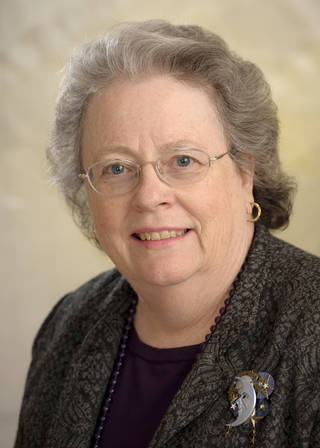Here Comes the Sun ...
A monthago, my daffodils began blooming, and I knew that spring was coming. Next week,it's official. On March 21 at 00 07 UT (universal time), the Earth spinsthrough the vernal equinox. It's that special moment in our annual trek aroundthe Sun that marks the beginning of spring. Seen from Earth, the Sun iscrossing the celestial equator headed north. Here in the US, it's still March20 at that moment, and so we're celebrating the first day of spring on March20, and you're invited to celebrate "Sun-Earth Day."
- Video: Sun Storms
Each year,NASA sponsors Sun-Earth Day events that highlight our local star. This year,the theme is "Living in the Atmosphere of the Sun." We receive light and heatfrom the Sun. Virtually all energy on Earth can be traced back to the Sun.Nuclear power is the exception. Earth is a small planet, and is continuallybathed in a sea of particles carried by the solar wind. When these chargedparticles spiral in at the poles, they electrify the sky with aurora. Largerstorms threaten our satellites and even our ground-based electricaltransmission systems. We live in the space weather that is governed by the Sun.
You canlearn more about the space weather and the Sun by joining a NASA webcast. On March 20 (1 PM EST) representatives from NASA missionswill share highlights from each of their missions and tell their interconnectedspace weather story, how space weather data is collected, and how scientistsverify their results. They are:
...*George Doshenk (HINODE (Solar-B))
* Barbara Thompson (Solar Dynamics Observatory (SDO))
* Terry Kucera (STEREO)
* Laura Peticolas- (THEMIS)
Get the Space.com Newsletter
Breaking space news, the latest updates on rocket launches, skywatching events and more!
* Sten Odenwald (IMAGE) What we've learned from past science missions
* Janet Luhmann- (UC Berkeley's Space Sciences Laboratory) Space Weather
* Peter Smith- (University of Arizona) Space Weather Impact on Mars
- Video: Beneath a Sunspot
Thewebcast links will be announced through NASA's Sun-EarthDay events webpage.
TheSun-Earth Day team offers several resources for different age groups andinterests. For the younger set, there are nice interactive onlinebooks about the Sun and about Auroras in both English and Spanish. For teachers, there are completeinstructions for how to set up a SpaceWeather Action Center to get students involved in observing our neareststar. If you're a fan of podcasts,there's a nice series of aural tidbits about the Sun to enliven the dailycommute. But, best of all are the images of the Sun. A Sun-EarthViewer provides current images of the Sun from several satellites andground-based observatories. The online tools allow you to zoom in on solarfeatures and see them in comparison to the size of our small planet Earth.Check it out.
Personally,I'm ready for spring, and one of my favorite tunes from the Beatles. In thewords of George Harrison, "Here comes the Sun....."
- Image Gallery: Sun Storms
- SPACE.com Cams: View Earth, Sun and aurora in real-time
- Uncharted Territory: New Glimpse of the Sun's South Pole
- Sun's Next Stormy Cycle Starts
- Anatomy of the Sun
Join our Space Forums to keep talking space on the latest missions, night sky and more! And if you have a news tip, correction or comment, let us know at: community@space.com.

Edna DeVore is a science and astronomy educator and the former Director of Education and Public Outreach for the SETI Institute. She earned an undergraduate degree from the University of Pacific followed by a master's degree in instructional technology from San Jose State and a master's in astronomy from the University of Arizona. In 1992, Edna joined the SETI Institute, where she wrote features on space exploration, astrobiology and more, some of which appeared on Space.com. She was among the first principal investigators to propose projects to NASA's Office of Space Science and receive funding for educational programs. Edna went on to work on education and public outreach for NASA's Kepler space telescope and SOFIA flying telescope missions. Edna received numerous awards during her tenure at SETI, including NASA Honor Awards for her work on Kepler and SOFIA, and Aerospace Awareness Award for Women in Aerospace in 2005. Edna retired in 2013.









